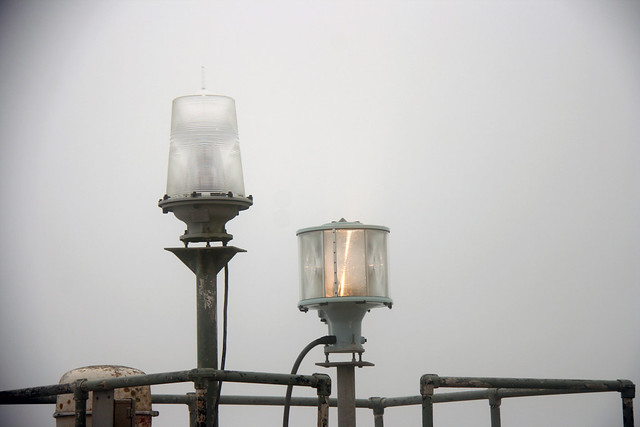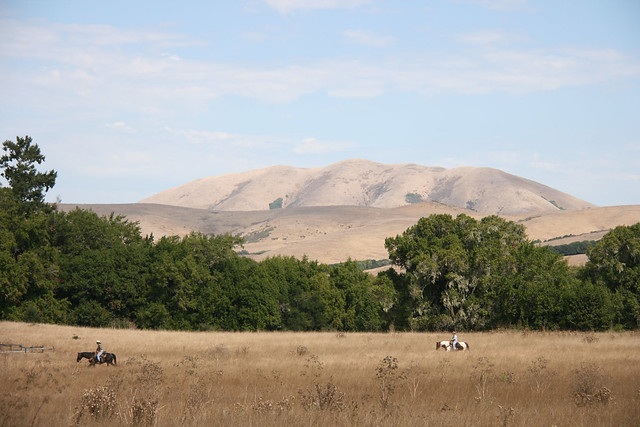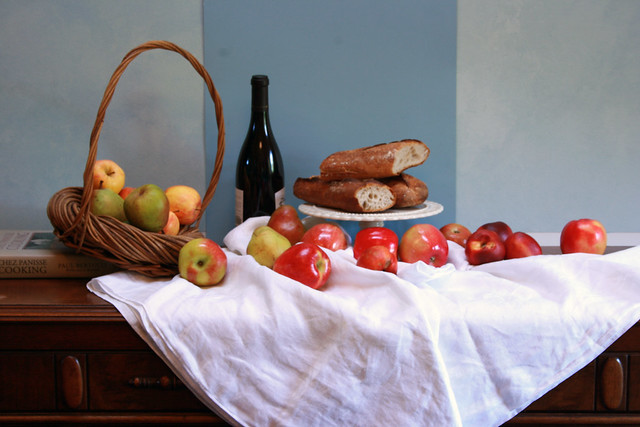 |
Roy DeCarava
"Woman Descending Stairs"
1951
|
Roy De Carava was one of my favorite Photographers of the Week. I was thrilled to stumble upon this gentle photographer's interview on Fresh Air with Terry Gross early in my research.
In “Woman Descending Stairs”, he allowed our eyes to find the precious few swathes of white in the photo. First one sees the woman’s hand as it elegantly bundles the excess volume of her coat. Then we are drawn to her legs that swished open her coat to reveal the light corner of the lining. Her natural grace would be the envy of any runway model.
In “Man Coming up Subway Stairs”, DeCarava conveys the man’s exhaustion by capturing the pull of the hand, just out of frame, and his posture slumped in his once-crisp shirt, now rumpled by a hard day’s work.
 |
© Roy DeCarava
"Man coming up subway stairs"
1952
|
In an image from the book “The Sound I Saw”, DeCarava froze a moment of quietude that two jazz musicians found in an unadorned room back stage. It’s hard to decide whether this is quiet moment preceded or followed a lively jazz session on stage.
 |
| Roy DeCarava from "The Sound I Saw" published by Phaidon Press in 2001 |
Here are some other images of DeCarava's I admire. The white shirts and the Lingerie shop signs are the stars of this image:
 |
Roy DeCarava
Lingerie,
1950
|
The tight embrace during a dance reveals just enough of the couple to imply the intimacy between them.

DeCarava photographed many Jazz musicians who performed in Harlem, like Coltrane and Elvin:
... and Duke Elington
I dare you to sit still during this fabulous clip of the young Duke Ellington playing “Take the A Train”. The A Train is the very best way to get to “Sugarhill way up in Harlem… in a hurry, hurry, hurry…”
I love his fascination with stripes:
 |
| ROY DECARAVA Man in Striped Shirt at Piano Gelatin silver print. 1954/1981. Signed, titled, dated and numbered 481 3/2 in ink on the verso. 10 x 12 7/8in. (25.4 x 32.7cm.) Framed. |

DeCarava photographed many Jazz musicians who performed in Harlem, like Coltrane and Elvin:
 |
| Roy De Carava, Coltrane and Elvin, 1960 |
... and Duke Elington
I dare you to sit still during this fabulous clip of the young Duke Ellington playing “Take the A Train”. The A Train is the very best way to get to “Sugarhill way up in Harlem… in a hurry, hurry, hurry…”
Segment from the film”Reveille with Beverly” from 1943; the song was composed in 1939 by Edward Kennedy "Duke" Ellington (April 29, 1899 – May 24, 1974).







